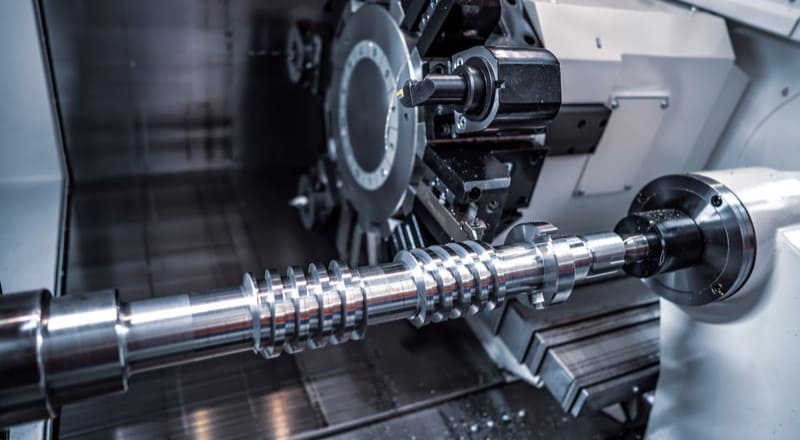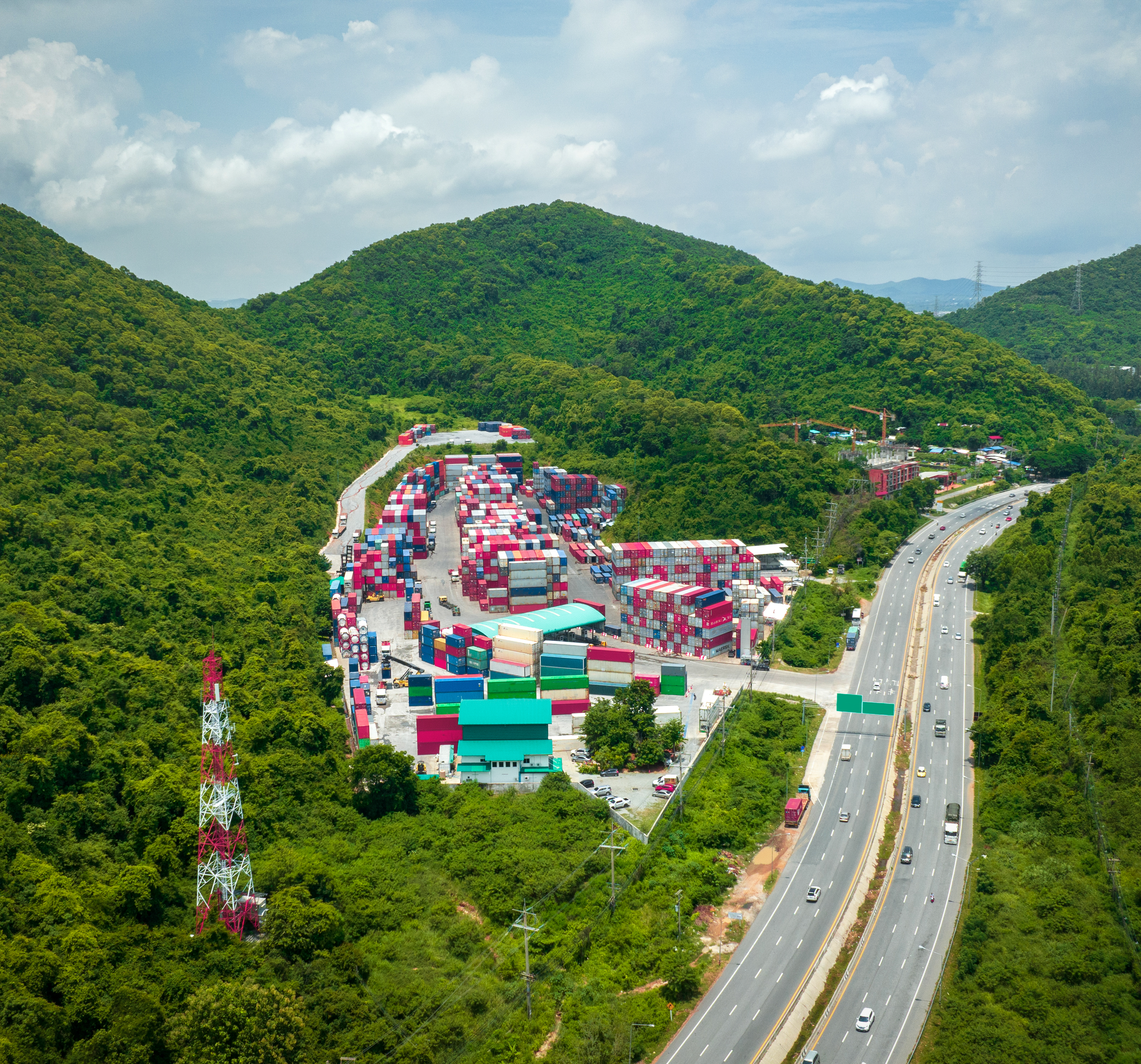Production costs are one of the most relevant factors companies need to consider to increase profitability and competitiveness. In today’s article, we will analyze in depth what production costs are, their importance in the supply chain, the benefits of reducing them, strategies to optimize them, and how production planning software can help minimize their impact on operations.
What are production costs?
Production costs refer to all the expenses incurred by a company to produce goods or services. These costs can be classified into two main categories: fixed costs and variable costs. Fixed costs are those that do not vary with the level of production, such as facility rent and permanent employee salaries. On the other hand, variable costs fluctuate with the level of production, such as raw materials and temporary labor.

Components of production costs
The components of production costs include various elements that must be managed accurately to maintain operational efficiency. The components of production costs are generally divided into three main categories: direct costs, indirect costs, and capital costs.
Direct costs
These are the costs that can be identified and quantified directly with the production of a specific good or service. Direct costs include:
- Raw materials: expenses for the basic materials that are transformed during the production process.
- Direct labor: wages of workers directly involved in the manufacture of the product.
- Other direct costs: include specific expenses such as energy, tools, and supplies exclusively used in the production process.
Indirect costs
These are costs that cannot be directly associated with the production of a specific good or service, but are necessary for the overall functioning of the company. These include:
- Indirect manufacturing costs: general expenses related to the production plant, such as factory rent, machinery maintenance, energy not directly attributable to production, and supervisor salaries.
- Administrative costs: expenses related to the management and administration of the company, such as administrative staff salaries, office rent, and office supplies.
- Sales and distribution costs: expenses necessary to market and distribute the product, such as advertising, sales commissions, and transportation.
Capital costs
These are costs related to the financing of the assets needed for production. These costs include:
- Depreciation: distribution of the cost of fixed assets (such as machinery and buildings) over their useful life.
- Interest: financial expenses derived from loans obtained to finance asset acquisition.

The importance of production costs in the supply chain
Having maximum control over production costs is essential for companies, as it allows them to be more competitive and profitable. In supply chain management, having reduced production costs will bring advantages in different areas.
Impact on profitability
Production costs have a direct impact on a company’s profitability. A company’s ability to control and reduce these costs largely determines its profit margin. Inefficient management can lead to narrow margins and, ultimately, loss of market competitiveness.
Relationship with operational efficiency
Operational efficiency refers to a company’s ability to use its resources optimally to produce goods and services. Production costs are intrinsically linked to this efficiency. Reducing production costs without sacrificing product quality can significantly improve operational efficiency, allowing the company to produce more with less.
Influence on market competitiveness
In a competitive market, companies must find ways to reduce their production costs to offer lower prices without compromising quality. Companies that manage to keep costs low can compete more effectively, gain market share, and attract more customers. Therefore, managing production costs is a key factor in maintaining and improving market competitiveness.
Benefits of Reducing Production Costs
Below are some of the benefits that companies achieve by controlling their production costs. Among the many benefits, the following stand out: increased profit margins, improved financial sustainability, and greater capacity to reinvest in the company itself.
Increased Profit Margins
One of the most obvious benefits of reducing production costs is the increase in profit margins. By spending less on producing goods or services, a company can increase the difference between its costs and its revenues. This allows the company to reinvest in growth, improve its products and services, or simply increase its net profits.
Improved Financial Sustainability
Reducing production costs also improves a company’s financial sustainability. A lower cost structure provides greater financial stability, allowing the company to better withstand periods of economic uncertainty. Additionally, a lower cost base can make the company more attractive to investors, as it demonstrates prudent and efficient financial management.
Capacity to Reinvest in the Company
The savings obtained from reducing production costs can be reinvested in the company to promote innovation and growth. This could include investments in new technologies, employee training, or expansion into new markets. The ability to reinvest is crucial for maintaining long-term competitiveness and adapting to changing market conditions.

Strategies to Reduce Production Costs
Although it may seem that reducing production costs is a difficult task, various strategies can be applied. Among the possible strategies, four strategies are detailed below that can facilitate this task.
Optimization of Processes and Workflows
One of the most effective strategies for reducing production costs is the optimization of processes and workflows. This can involve the review and improvement of operational procedures to eliminate inefficiencies and redundancies. Implementing methodologies such as Lean Manufacturing or Six Sigma can help identify and eliminate waste, improving efficiency and reducing costs.
Efficient Inventory Management
Efficient inventory management is crucial for controlling production costs. Using Just In Time (JIT) inventory systems can help minimize inventory levels and reduce storage costs. Additionally, proper inventory management can prevent obsolescence and reduce tied-up capital, freeing up financial resources for other areas of the company.
Implementation of Automation Technologies
Automating production processes is another key strategy for reducing costs. The implementation of advanced technologies, such as industrial robots and automated control systems, can improve production accuracy and speed, reducing errors and labor costs. Automation also allows companies to scale their operations more easily and respond more agilely to market demands.
Negotiation with Suppliers
Negotiating with suppliers is an effective strategy for reducing the costs of raw materials and other inputs necessary for production. Establishing long-term relationships and volume purchase agreements can result in lower prices and more favorable payment terms. Additionally, close collaboration with suppliers can lead to joint innovation and improvements in the supply chain.

How Production Planning Software Can Facilitate Cost Savings
One of the best technological solutions that companies can implement to reduce production costs is production planning software. Such tools optimize production processes, leading to cost reductions. This section explores some of the advantages that this technology offers to the companies that use it.
Data Integration and Consolidation
Production planning software can facilitate cost savings through the integration and consolidation of data across the company. This type of software allows for centralization of information from different departments, providing a unified and comprehensive view of operations. This eliminates data duplication and improves information accuracy, which in turn aids in making informed and strategic decisions.
Production Planning and Scheduling
Effective production planning and scheduling are essential for reducing costs. Production planning software enables companies to optimize their production schedules, ensuring that resources are used efficiently and downtime is minimized. Additionally, this software can help forecast demand and adjust production accordingly, avoiding both overproduction and product shortages.
Real-Time Monitoring and Analysis
Real-time monitoring and analysis of production processes are crucial for identifying inefficiencies and areas for improvement. Advanced production planning software provides real-time monitoring tools that allow companies to closely track their operations' performance. This real-time visibility facilitates early problem detection and quick implementation of solutions, thereby reducing costs associated with disruptions and errors.
Waste and Error Reduction
Reducing waste and errors is a key benefit of using production planning software. This type of software can identify areas where waste occurs, whether in terms of time, materials, or energy. By addressing these areas, companies can improve efficiency and significantly reduce production costs. Additionally, improved accuracy in planning and execution reduces the likelihood of costly errors.

Conclusion
In conclusion, effective management of production costs is crucial for a company’s competitiveness and profitability. Understanding what production costs are, their importance in the supply chain, and the benefits of reducing them provides a solid foundation for implementing effective optimization strategies. From process optimization to advanced technology implementation and supplier negotiation, there are multiple approaches to reducing production costs.
Moreover, using production planning software can significantly facilitate these efforts. At Imperia, we strive to ensure that our planning software enables companies to maximize their resources, work efficiently, and reduce costs. If you want to learn more about our tool, request a free demo with our experts.

Enter your email and download the content
In supply chain management, identifying key processes and managing them on time can make the difference between success and failure.






























































 Imperia_thumbnail.jpg)





















